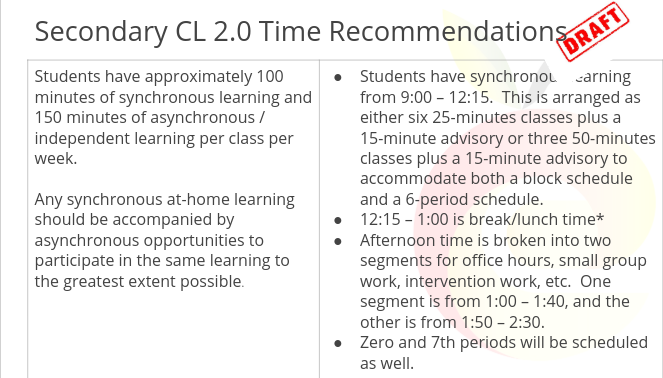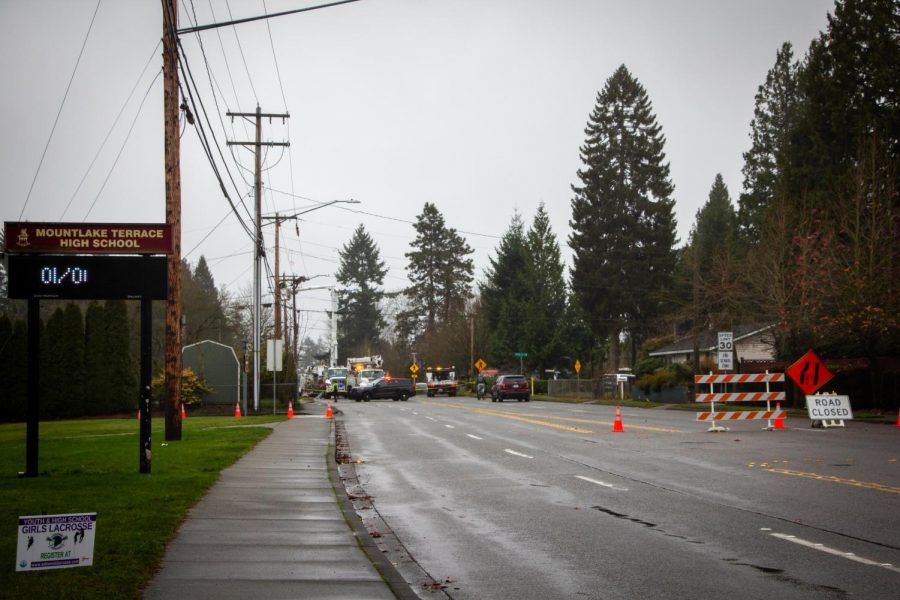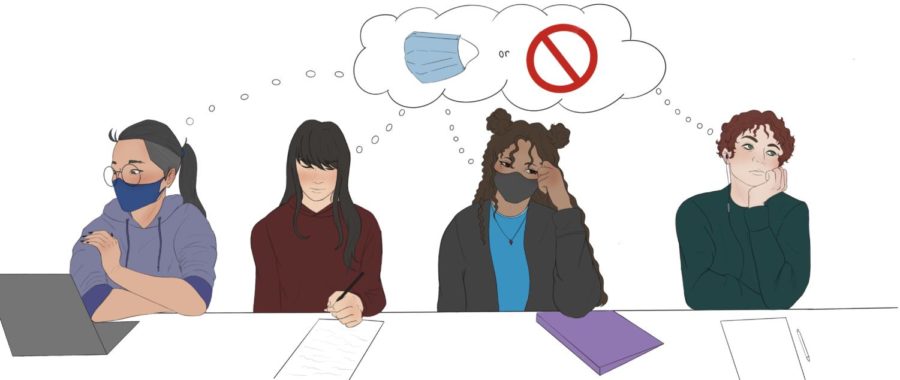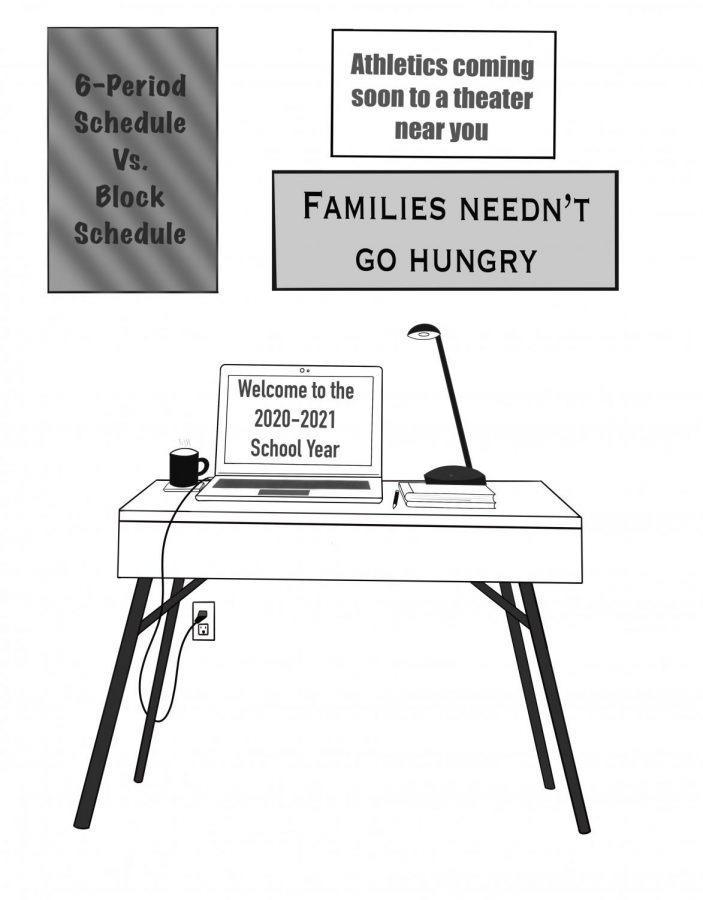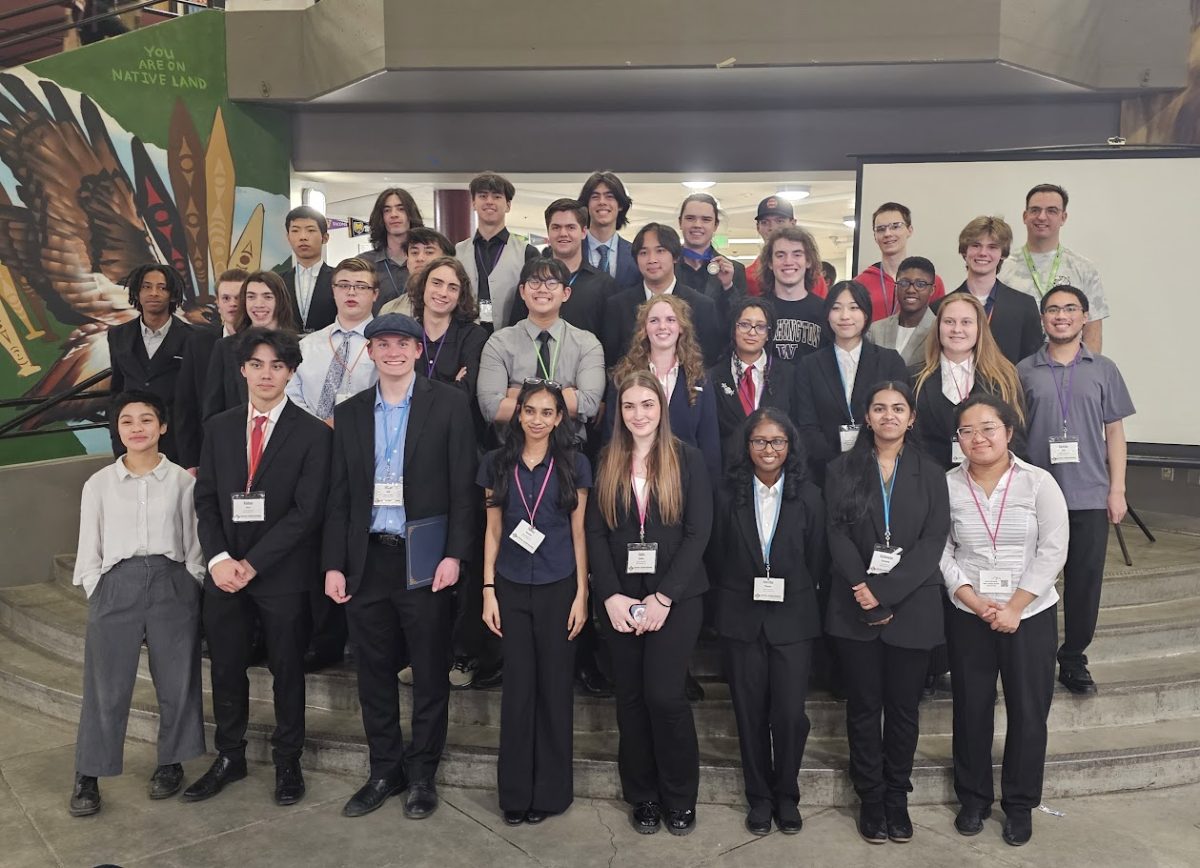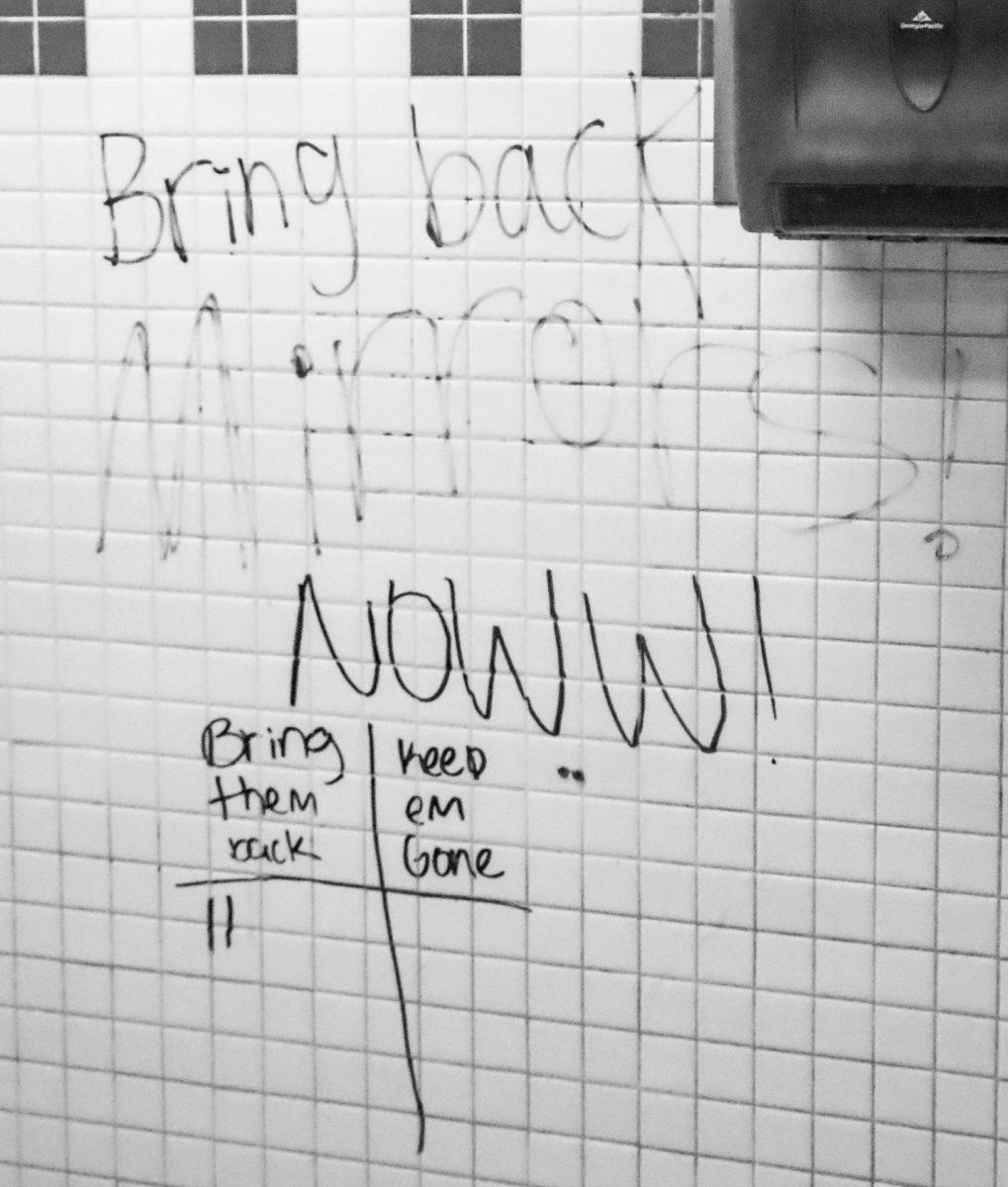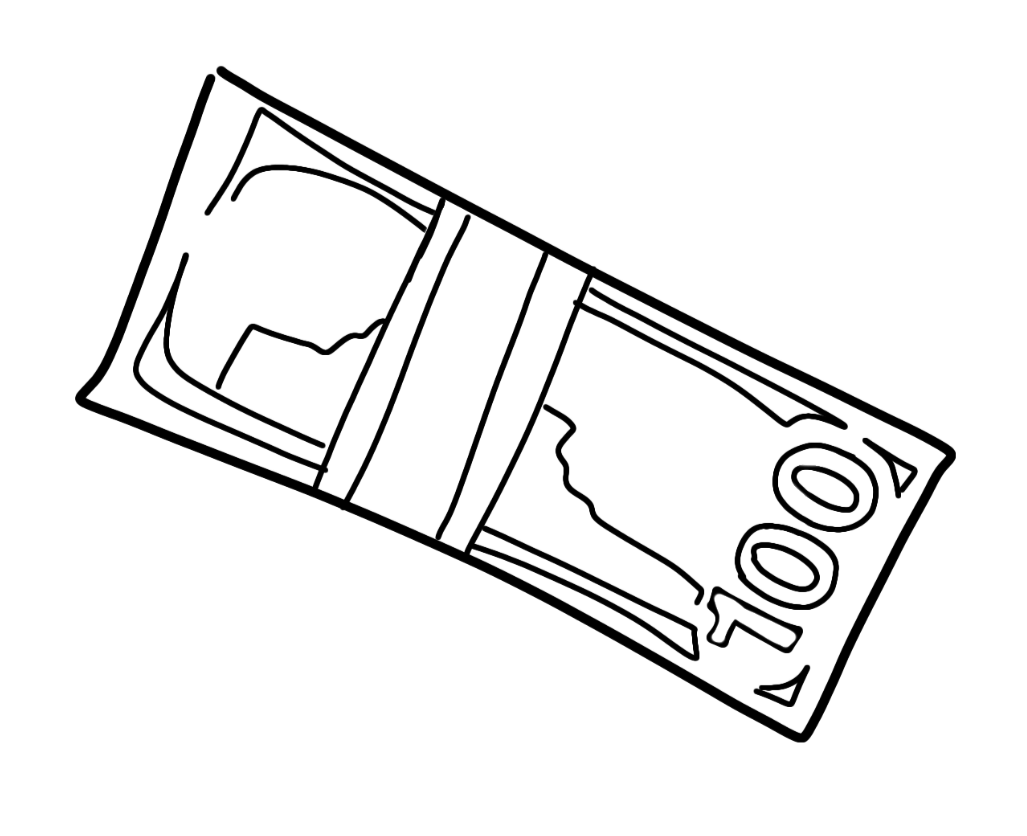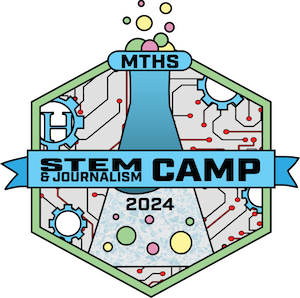Students in six classes were told to stay home from school as a result of potential exposure to COVID-19 in their classes on Sunday, Sept. 12. This call came after the school was notified that students in these classes had tested positive for COVID-19 after attending school in-person for all or a part of the first three days of school.
“Over the course of the weekend, we have learned of three students who have tested positive for COVID-19. Out of an abundance of caution, we will close six classes tomorrow and all those students will stay home to allow health officials to properly conduct contact tracing. All those classes will be taught online via Zoom,” Principal Greg Schellenberg wrote in an eMail to families on Sunday.
An advisory class, Health, Civics, AP Government, Sports Medicine and Intro to Engineering and Design are all expected to be taught over Zoom until contact tracing can properly be performed. While these classes are being taught over Zoom, others will continue to be taught in-person, with no online option available.
“This process is like it was several years ago, when you would get sick for a period of time and would have to work it out with your teachers,” Schellenberg said. “In many ways, we are far better set up with canvas and things like that than we ever were back then.”
With positive cases being reported over the weekend, some classes with substitute teachers and not having immediate access to seating charts, contact tracing was difficult to perform efficiently and quickly for Schellenberg. After finding out about the positive cases, he got to work, contacting as many families as he could, checking for symptoms and vaccination status.
“We have the ability to do COVID testing in our health room,” Schellenberg said. “These classes just need to be vetted, and we just need to make sure to talk to all our students before they can come back in. If they have proof of vaccination, they can come to school, show a picture of their vaccination card, and if they test negative for COVID, they are good to go.”
Normally, when a family reports a positive COVID case, Schellenberg immediately begins the contact tracing process. If a student has been within three feet of someone who has tested positive for COVID-19 for more than fifteen minutes indoors, that student is then considered a close contact. If vaccinated, the student can come into the health room and get a rapid test. If they test negative, then they can return to class. However, if the student is not vaccinated and has been identified as a close contact, they are expected to quarantine for two weeks before returning to the building.
“This is pretty extreme to close six classes, but it’s not due to an outbreak or anything else. We just need the time to properly vet students in those classes and have those conversations,” Schellenberg said.
When senior Robert Mize heard that he would have to stay home as a result of a potential exposure to COVID-19, he wasn’t surprised, but he was also a little disappointed, too. Mize’s AP Gov class consisted of over 40 students, and the classroom seated only thirty.
“I felt a lot like we had it coming by going in person, but because it was in my 46 -person AP Gov class, I also felt it was preventable because the district could’ve easily split the class, and yet they didn’t in time for school,” he said.
However, Mize said he was impressed with the school’s communication of the situation. Since the school communicated primarily through email during the 2020-2021 school year, he felt like it was a consistent and reassuring method.
While Mize believed COVID-19 cases are inevitable with the return to in-person school, he said he will continue to go into the building. He struggled academically with remote learning, and since he is vaccinated, he feels safe attending school in-person.
“I feel these cases are very inevitable from the way school is being conducted in person. I think I’ll still be going to school in the future though, because I’m vaccinated and I perform better academically in person,” he said.
The most important thing to MTHS is the safety of students and staff. According to Schellenberg, the best way to keep everyone safe is to continue to wear masks and wash hands constantly.
“Just make sure you’re wearing a mask and washing your hands and staying physically distant when possible. Be vigilant,” he said.




